Atlantic silverside or sandsmelt. A slender, round, oily marine fish which grows up to18 cm (7”). It is long with a translucent green back and silver bands lengthways along the sides and caught in estuaries along the coast of the eastern United States. It is usually deep-fried or grilled. In the United States these are often called whitebait. When tiny they are treated in the same way as whitebait in the UK.
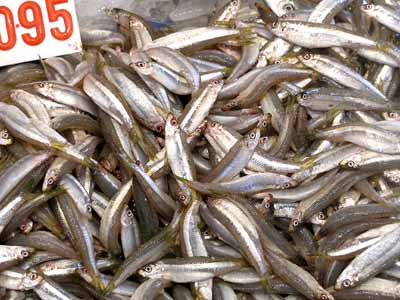
Whitebait are tiny fish, including the young of the herring and sprats, and are usually fried and eaten whole. If you run your fingers down the ridge of the belly when they are uncooked, if they are smooth they are young herring, if spiked, sprats. In the United States whitebait is more likely to be predominantly silversides or sand-eel fry.
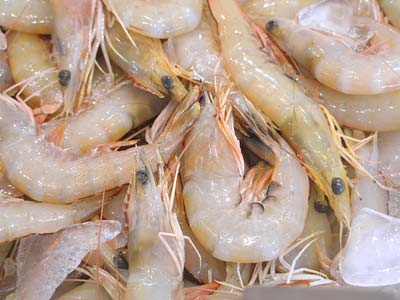
A name for the banana prawn, a yellowish-beige translucent king prawn with no obvious spots or bands, fished in the waters of tropical northern Australia. There are two types, white, with white legs and redleg with red legs. They are found around 25 cm (9½") long. The flesh is sweet and quite soft.
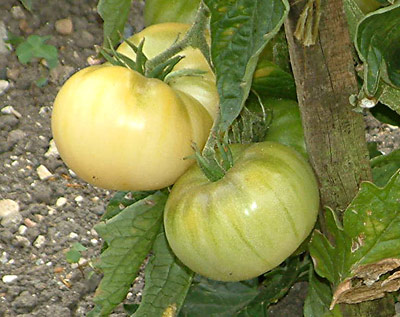
A pale yellowish-green beefsteak tomato variety.
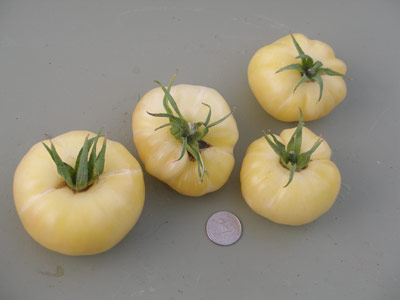
A variety of lovely looking lobed white tomato.
A large, "white" heirloom beefsteak tomato, though actually more of a creamy yellow. This indeterminate plant produces deep fruit which weight around 300 g (10½ oz) in late season. Looks great in salads. It received the Royal Horticultural Society Award of Garden Merit in 2003.
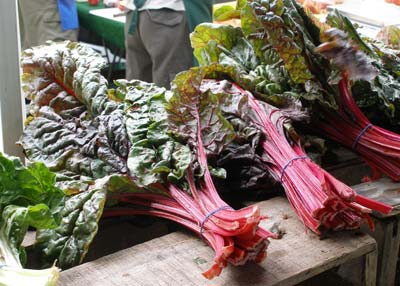
Swiss chard. A vegetable with large, dark leaves and fleshy ribs, mainly of a creamy white but sometimes a vibrant red. Leaves are cooked in the same way as spinach. The ribs are peeled and cut into manageable chunks and boiled or added to soups or stews. They are tender when young, stringy when old.
An old variety of yellow carrot dating from 1852
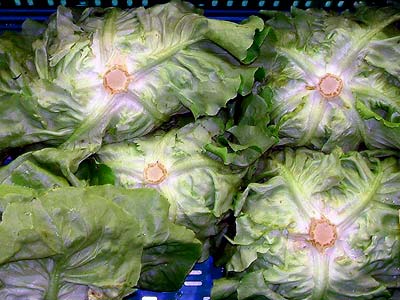
A variety of butterhead lettuce, a type of soft, buttery lettuce with a small, slightly loose head but with good flavour.